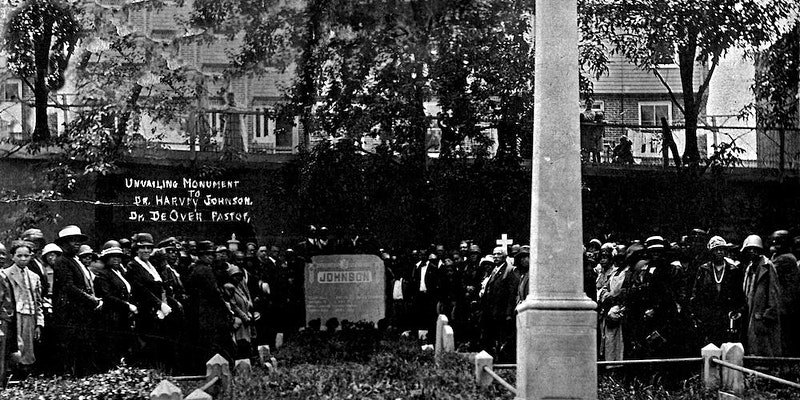
- This event has passed.
Remembering Laurel Cemetery
April 1, 2022 @ 1:00 pm - 1:30 pm
By Donation
Laurel Cemetery was incorporated in 1852 as Baltimore’s first nondenominational cemetery for African Americans. It quickly became a popular place of burial for people across Black Baltimore’s socioeconomic spectrum, including 230 Black Civil War veterans and notables such as Civil Rights activist Reverend Harvey Johnson.
In 1958 and after a series of lawsuits failed to prevail in the courts, Laurel Cemetery was leveled. Today it is the site of the Belair-Edison Crossing Shopping Center, and home to several businesses. However, many current patrons and nearby residents have no knowledge of the site’s former purpose and significance. Join Dr. Isaac Shearn of the Laurel Cemetery Memorial Project to learn more about the important history of the site and how we can preserve its memory.
About Our Presenter
Isaac Shearn earned his PhD in 2014 at the University of Florida and is an adjunct professor at the Community College of Baltimore County, University of Baltimore, and Coppin State University. His research is on the archaeology and ethnohistory of the Caribbean and South America, with a focus on public archaeology, developing inclusive and participatory methods. His recent efforts have been oriented toward integrating three-dimensional photogrammetric mapping techniques with more traditional archaeological methods.
About This Event
This program is hosted on Zoom. Upon registering you will receive an email confirmation and a Zoom link. If you do not receive a link, please contact ndennies@aiabalt.com. If you do not contact us at least 1 hour prior to the start of the program, we cannot guarantee admittance.
The Baltimore Architecture Foundation (BAF) and Baltimore Heritage present the Virtual Histories Series: 30 minute live virtual tours and presentations focusing on Baltimore architecture, preservation and history. Hosted every Friday at 1:00 pm EST.
Tickets are donation based. We encourage you to give what you can to support BAF and Baltimore Heritage. Your support helps us make up for lost tour and program revenue from COVID-19 and create more virtual programs like this.
